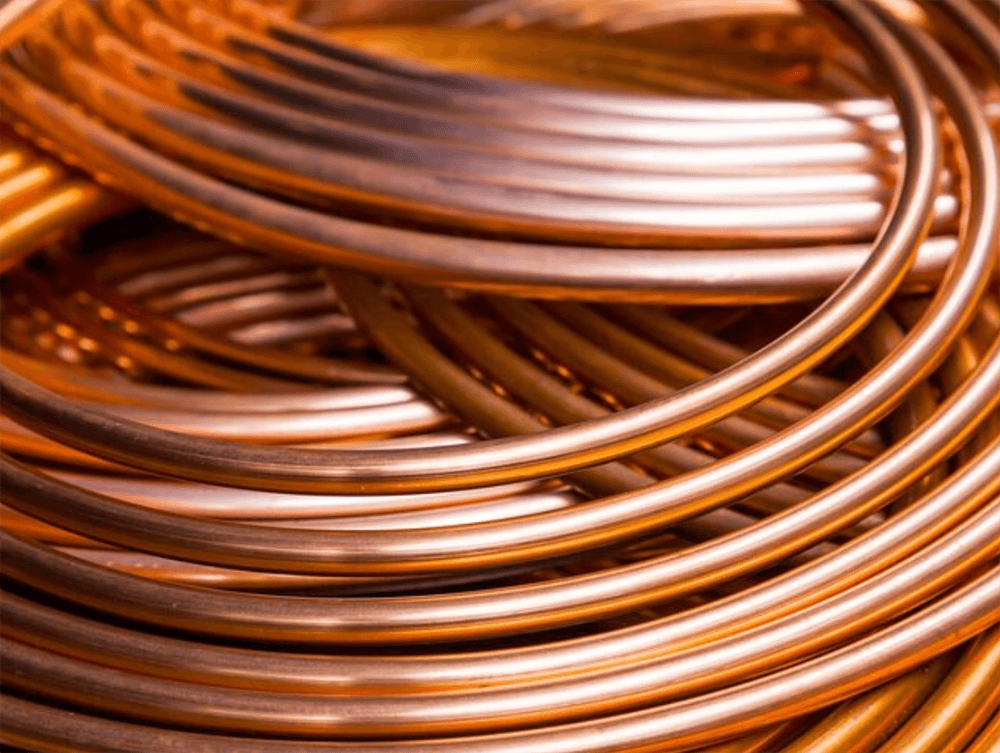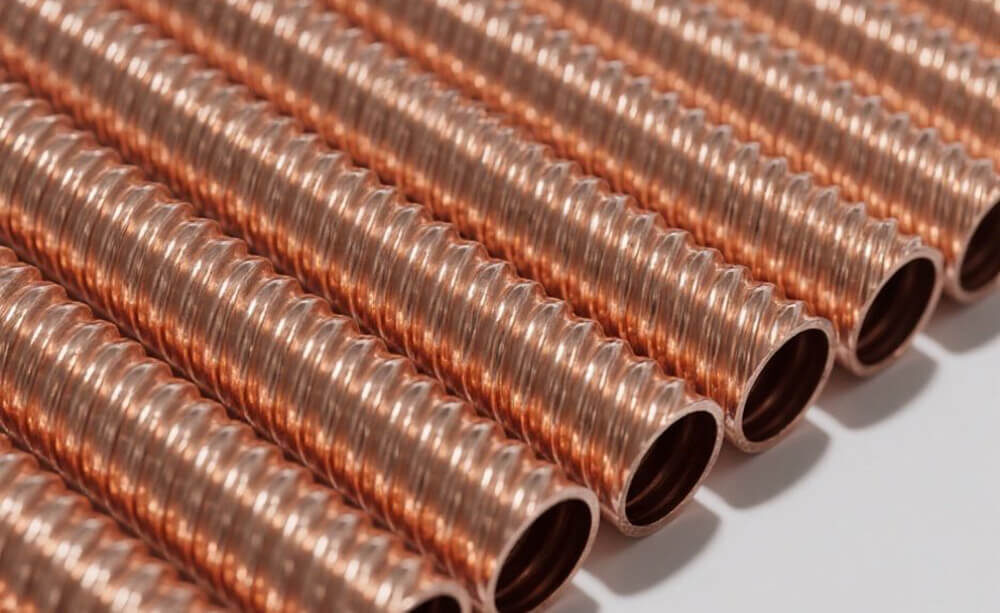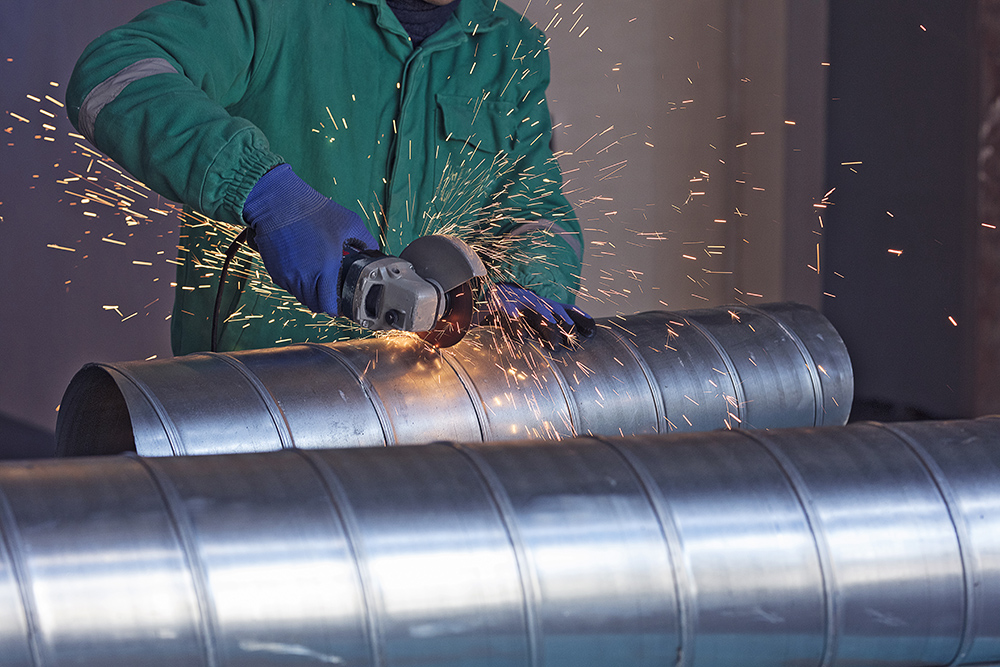What are the best material choices for heat exchanger tubes?
Choosing materials for heat exchanger tubes feels complex, right? Pick the wrong one, and you face poor performance or early failure. Let’s break down the common options simply.
The best material depends heavily on your specific needs like temperature, pressure, and the fluids involved. Common choices include copper for its excellent heat transfer and stainless steel for its strength and corrosion resistance in specific environments.
Selecting the right tube material is crucial for your heat exchanger’s efficiency and lifespan. It affects how well heat moves, how long the unit lasts, and the overall cost. Many factors come into play, making it more than just a simple pick. Let’s dive deeper into the most popular choices to help you decide what works best for your situation.
What’s the best pipe material for a heat exchanger?
Struggling to pick a pipe material? The wrong choice can lead to inefficiency or costly replacements down the line. Understanding the basics helps you choose wisely from the start.
Copper alloys, particularly grades like C12200, are often considered the best overall choice due to their superior thermal conductivity, good corrosion resistance in many environments, ease of fabrication, and reasonable cost.
!Copper is a very popular material for heat exchanger tubes1, and for good reason. I see it used frequently in HVAC systems, boilers, condensers, and evaporators. Its biggest advantage is how well it transfers heat. Heat moves through copper very quickly, which makes the heat exchanger very efficient. This means you might need a smaller unit compared to using other materials, which can save space and initial cost.
Another benefit is that copper is relatively easy to work with. It can be bent and formed into the complex shapes needed for tube bundles, including the integral finned tubes2 we specialize in at CufinTube. These fins increase the surface area, further boosting heat transfer efficiency. Copper generally resists corrosion well, especially with typical water or refrigerant applications. However, certain chemicals or water conditions (like high ammonia or sulfide content) can cause problems.
Here’s a quick look at copper’s key properties:
| Property | Value/Description | Why it Matters for Heat Exchangers |
|---|---|---|
| Thermal Conductivity | Very High (~400 W/m·K) | Leads to high efficiency, smaller units |
| Corrosion Resistance | Good in freshwater, steam, refrigerants | Ensures longer lifespan in common uses |
| Fabricability | Excellent (easy to bend, solder, braze) | Allows for complex designs, finning |
| Cost | Moderate | Often cost-effective initially |
| Common Grades | C12200 (DHP Copper), C70600 (Copper-Nickel) | Different grades for specific needs |
Will stainless steel easily rust in a heat exchanger?
Worried that stainless steel might rust in your application? Rust means leaks and failure, a major headache nobody wants. Let’s clarify how stainless steel holds up against corrosion.
No, stainless steel does not easily rust in most heat exchanger applications. Its chromium content forms a passive layer that protects it. However, specific conditions like high chloride concentrations can cause localized corrosion like pitting.
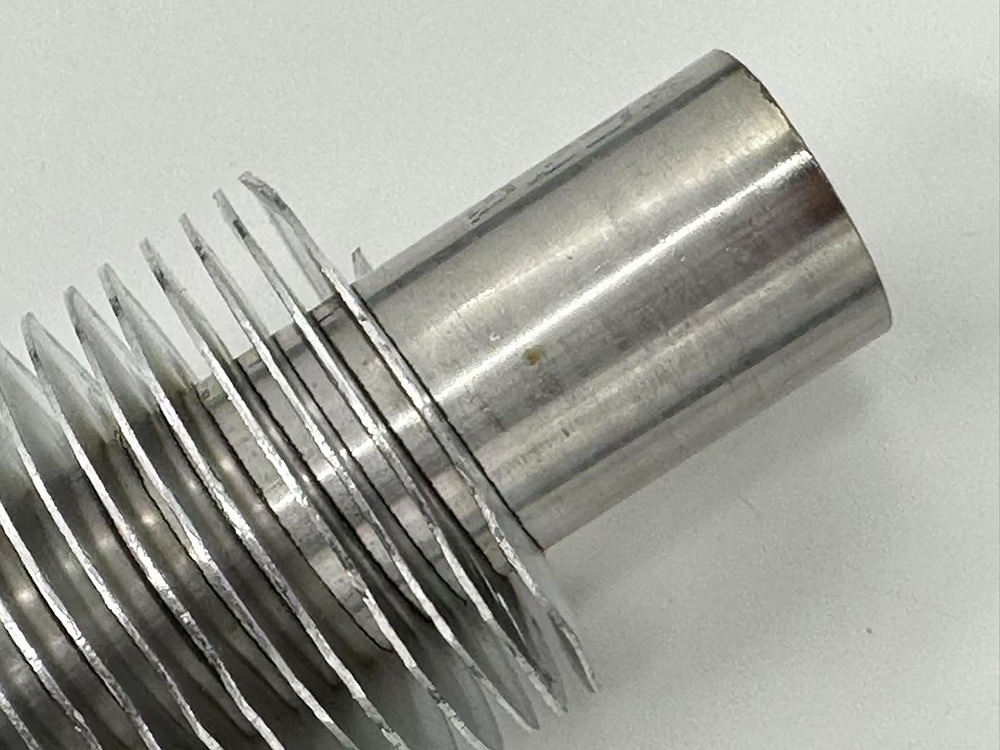
People often choose stainless steel thinking it’s completely immune to rust, but it’s more accurate to say it’s highly resistant to corrosion. The magic comes from the chromium in the alloy (usually at least 10.5%). When exposed to oxygen, chromium forms a very thin, invisible, and tough passive layer on the surface. This layer protects the steel underneath from many corrosive environments.
However, this passive layer isn’t indestructible. Certain chemicals, especially chlorides (found in seawater, some industrial fluids, and even tap water in coastal areas), can break down this protective layer in localized spots. This can lead to types of corrosion specific to stainless steel:
- Pitting Corrosion3: Small holes form on the surface.
- Crevice Corrosion: Corrosion occurs in tight gaps or under deposits where oxygen is limited.
- Stress Corrosion Cracking (SCC)4: Cracks form under the combined influence of tensile stress and a specific corrosive environment (often involving chlorides and elevated temperatures).
So, while stainless steel won’t rust like regular carbon steel in most situations, you need to choose the right grade of stainless steel (like 304, 316, or others) based on the specific chemicals, temperatures, and pressures involved. Poor understanding here can lead to unexpected failures, which is a pain point I hear about from buyers like Mike.
Is stainless steel a good choice for heat exchangers?
Considering stainless steel? It sounds tough, but you might wonder if its benefits outweigh potential drawbacks like cost or lower efficiency. Making the right call avoids future problems.
Yes, stainless steel is a very good choice for heat exchangers in specific situations, particularly where high strength, high-temperature resistance, or resistance to certain corrosive fluids (like acids or process chemicals) is needed.
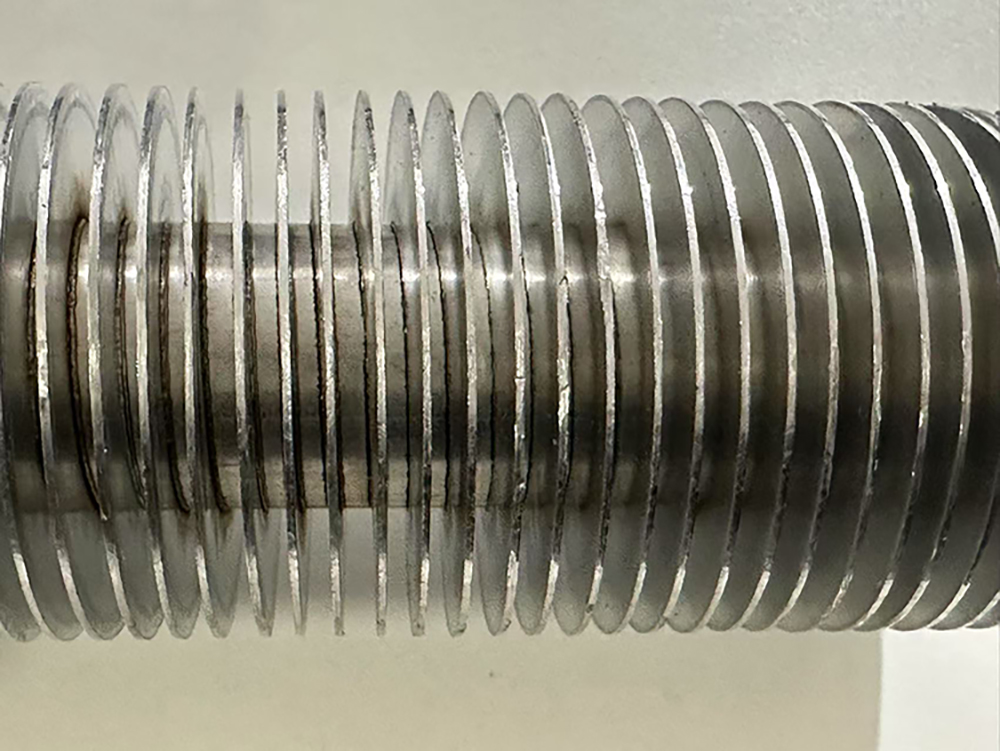
Stainless steel definitely has its place in the world of heat exchangers. While copper often wins on pure thermal efficiency, stainless steel shines in demanding conditions. Its strength allows it to handle higher pressures and temperatures compared to copper. This makes it suitable for applications in industries like petrochemical processing, power generation, and food manufacturing where conditions can be extreme.
Its corrosion resistance profile is different from copper’s. While copper struggles with ammonia or sulfides, certain stainless steel grades (like 316 or 317) handle a wider range of aggressive chemicals and are excellent for preventing product contamination in food or pharmaceutical applications. We see stainless steel fin tubes used where the environment is just too harsh for copper.
However, it’s not perfect for every job. Stainless steel’s thermal conductivity is significantly lower than copper’s (around 15-25 W/m·K compared to copper’s ~400 W/m·K). This means a stainless steel heat exchanger usually needs to be larger (more surface area) to achieve the same heat transfer rate as a copper one. It can also be more expensive initially, and sometimes harder to fabricate. So, it’s a trade-off: you might sacrifice some thermal efficiency and pay more upfront for superior strength and specific corrosion resistance.
How do you logically choose the ideal heat exchanger material?
Feeling overwhelmed by material options? Choosing randomly can lead to inefficient operation or premature failure. A logical approach ensures you get the best fit for your needs.
Logically choose the ideal material by systematically evaluating factors like operating temperature/pressure, fluid corrosivity, required thermal performance, mechanical needs, budget (including lifespan), and industry standards against material properties.
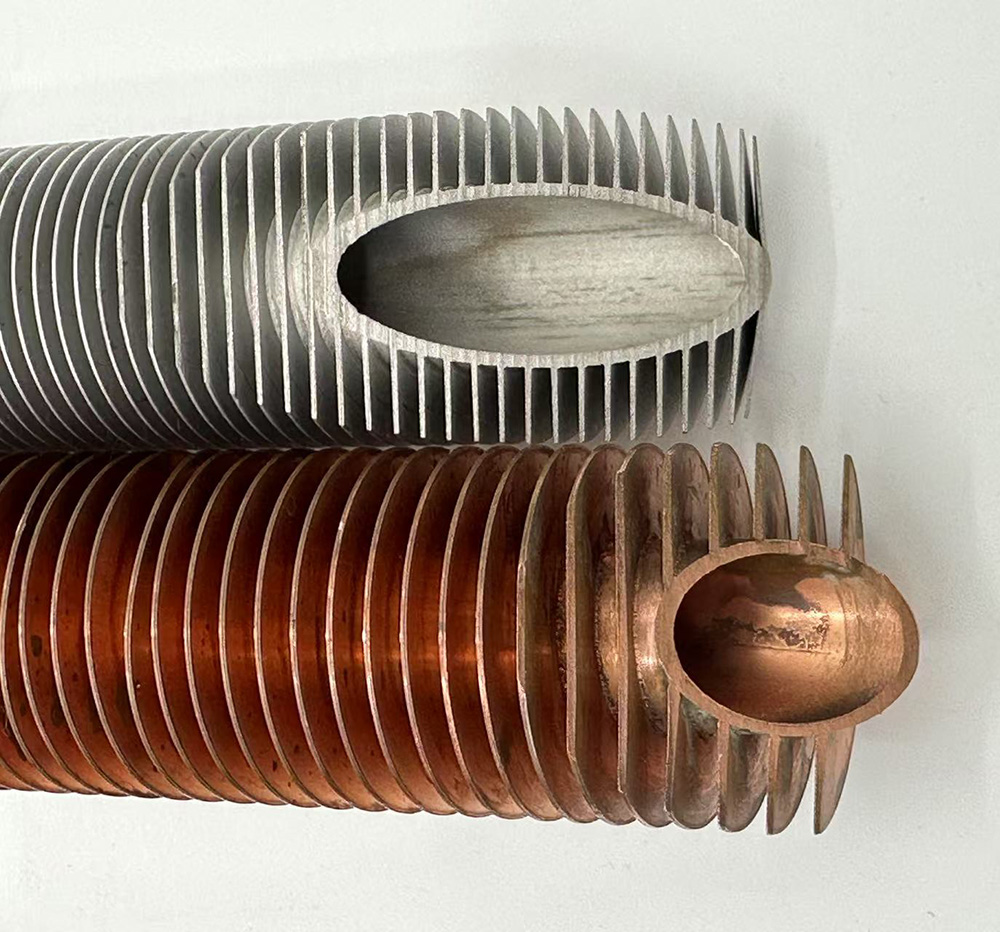
There isn’t one single “ideal” material. The best choice is always specific to the application. As a manufacturer since 1984, we at CufinTube have seen almost every scenario. The key is a logical selection process based on clear requirements. Here’s how I guide customers:
- Define Operating Conditions: What are the maximum and minimum temperatures and pressures on both the tube side and shell side? Some materials weaken significantly at high temperatures.
- Assess Fluid Compatibility: What fluids are involved? Are they corrosive? Check compatibility charts for potential materials. Consider both the process fluid and the heating/cooling medium. This is critical – mismatch leads to leaks.
- Determine Thermal Needs: How much heat needs to be transferred? Materials with higher thermal conductivity (like copper) allow for more compact and efficient designs. Lower conductivity (like stainless steel or titanium) might require more surface area.
- Consider Mechanical Requirements: Does the material need high strength? Is vibration a factor? Is ease of forming or welding important for manufacturing?
- Factor in Budget and Lifespan: What’s the initial budget? Crucially, what’s the expected service life? Sometimes a cheaper material initially costs more long-term due to frequent replacement or maintenance. Consider the Total Cost of Ownership.
- Check Standards: Are there industry regulations (e.g., food grade, specific pressure vessel codes) that dictate material choices?
Here’s a simplified comparison:
| Factor | Copper Alloys | Stainless Steels | Carbon Steel | Titanium |
|---|---|---|---|---|
| Thermal Conductivity | Very High | Low to Moderate | Moderate | Low |
| Corrosion (General) | Good (water, etc.) | Very Good | Poor (rusts) | Excellent |
| Corrosion (Specific) | Weak vs Ammonia | Good vs Chemicals | Poor | Best vs Chlorides |
| Strength | Moderate | High | High | Very High |
| Max Temperature | Moderate | High | Moderate/High | High |
| Cost (Initial) | Moderate | Moderate to High | Low | Very High |
By logically working through these points, often with help from experienced suppliers like us, you can confidently select the material that provides the best balance of performance, longevity, and cost for your specific heat exchanger.
Conclusion
Selecting the best heat exchanger tube material involves balancing thermal needs, corrosion resistance, strength, and cost. Copper offers great efficiency, while stainless steel provides strength and specific corrosion protection. Analyze your application carefully.
- Explore this link to understand the advantages and applications of heat exchanger tubes, enhancing your knowledge in HVAC efficiency. ↩
- Discover how integral finned tubes work and their role in maximizing heat transfer efficiency in various applications. ↩
- Understanding Pitting Corrosion is crucial for maintaining stainless steel’s integrity. Explore this link to learn more about its causes and prevention. ↩
- Discover the factors leading to SCC in stainless steel to avoid costly failures. This resource provides essential insights for proper material selection. ↩


